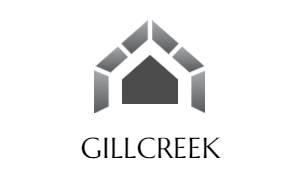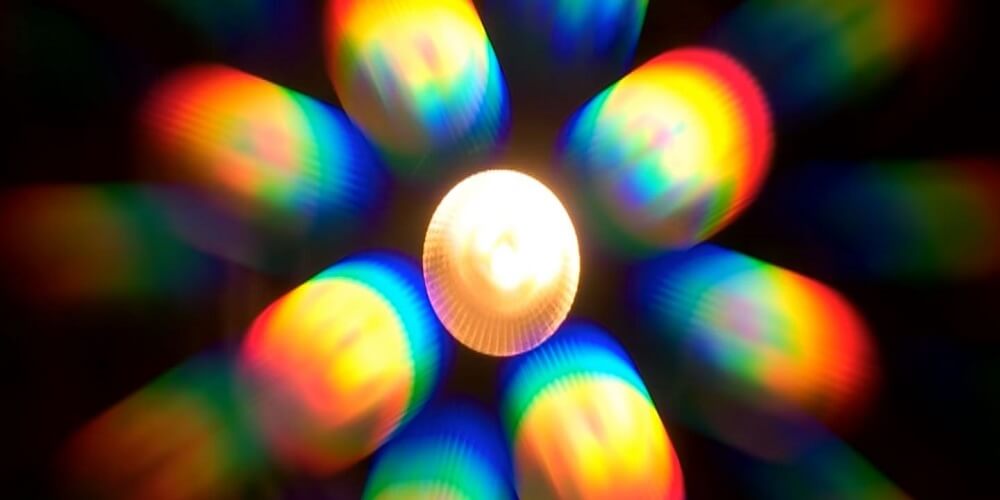Fascinating as it is, some people refer to a kaleidoscope as a toy that uses light and mirrors to generate beautiful, amazing repeating patterns. There are many types of kaleidoscopes, they all make different patterns but follow the same basic laws of physics to manipulate reflection and light.
Reflection
One of the first essential parts of the kaleidoscope is the reflective material that it has. A lot or most kaleidoscopes make use of mirrors. They use long thin mirrors. These mirrors are set to face each other. The number of mirrors used depends on the desired end pattern.
More commonly, three mirrors are used to create a structure based on the repeating triangles. On many occasions, it is set out in cardboards, but keep in mind that kaleidoscopes can be made out of any hollow material.
For kaleidoscopes that are made at home, they can be made using paper towel roll and aluminum foil to create a reflective surface. In the past, kaleidoscopes were made with tin. Some other variations use a blown glass set in a triangle.
Object Chamber
While the part for the reflection is called the main tube, the object chamber is also known as the far end. This part of the kaleidoscope contains the objects that need to be reflected.
Kaleidoscopes that are made at home can be made with beads, strings, and paper clips. That is unlike the standard kaleidoscope that is made with bits of colored plastic or even glass. The end is the closed-off using plastic or glass.
The closing-off process keeps the objects inside the kaleidoscope while it filters light through to reflect the images. In some other variations of the kaleidoscope, some parts rotate so that other patterns can be created easily. For the same effect, homemade kaleidoscopes can be rotated by hand too.
Some other versions of the kaleidoscope make use of glass marbles for the objects. When you desire a different pattern, you can make use of another marble. Different marbles create different patterns.
A similar toy that is as fascinating is the teleidoscope. The teleidoscope contains just glass. So whatever the teleidoscope is pointed at in the world that is where it will form its patterns from. Anything that it is pointed at will be the basis for its patterns.
The teleidoscope may contain colored glass or patterned glass in generating beautiful images from the environment and surrounding objects.
A Small Hole for Viewing
This is the near end of the kaleidoscope. This is the hole meant for viewing. This hole can be closed off as well. It is held up to the eye, to allow you to look down at the glass to view the amazing imagery and gasp in awe at the beautiful patterns generated by reflections.
Movement of Glass and Light
When you take a look through the hole, light filters through the glass or plastic (depending on what material was used) on the end of the object chamber. It then illuminates the objects which in turn reflects off the mirrors.
The light bounces off each of the mirrors, one after the other as it passes through the tube. The human eye that sees the reflections creates a pattern. As the kaleidoscope is rotating, the objects in the chamber keep shifting and the reflection keeps changing, thereby creating new patterns.

